Sport Injury Doctor In Rohini | Sport Trauma Specialist
Sports Injury Doctor In Indian Sports are a vital part of a healthy, active lifestyle – they are good for the heart, they are good for the respiratory system, they help you build and maintain muscle strength, etc. Frequently, sports injuries are caused by people moving in the wrong way, tripping and falling, making sudden contact with the ground, and making sudden contact with each other.
As a result, playing sports doesn’t have to be dangerous, but by being aware of some of the most common sports injuries, you can take steps to prevent them or at least reduce the risk.
Dr. Kunal Aneja is best Sports Injury Doctor in Rohini who treat problems of the musculoskeletal system.
Diagnosis of your injury or disorder while playing any sports
Treatment with medication, injections, casting, bracing, surgery, or other options
Rehabilitation by recommending exercises or physical therapy to restore movement, strength, and function
Prevention with information and treatment plans to prevent injury or slow the progression of disease
Orthopedic Subspecialties
While orthopedic surgeons are familiar with all aspects of the musculoskeletal system,
5 Common Sports Injuries That Are Witness In By Sports Persons Living Around Rohini
1. Strains
Because we use so many muscles and tendons while exercising and playing, strains are the most common sports-related injury. All of these moving parts are susceptible to getting damaged, torn, or damaged in ways they shouldn’t be when stretched too far. In addition to pulled hamstrings, pulled groin muscles, and strained quadriceps, strained arms are also common causes of muscle strains. Rest and restorative measures are usually sufficient to heal most strains. It is best to warm up and stretch before engaging in strenuous activity to reduce the risk of strained muscles and tendons.
2. Sprains
Ligament sprains are similar to muscle strains. Bones are connected by ligaments. It is possible for these ligaments to tear if they are twisted in the wrong direction. It is likely that ankle sprains are the most common type of sprain among athletes, followed closely by knee sprains, wrist sprains, and elbow sprains. It is important to note that strains heal faster than sprains, and sometimes, to prevent further injury, they may require immobilization in order to heal. In addition to stretching and warming up before the workout, you can practice good technique in the sport you’re playing in order to prevent sprains. For example, sprains often leave the ligament weak and susceptible to future sprains. Therefore, if you have a history of spraining a knee or ankle in the past, it is a good idea to support that joint while playing with a brace to prevent further injury.
3. Knee injuries
Due to the knee’s complexity, and its constant impact and wear during most sports activities, we’ve categorized it separately for possible injuries. Traumas to the anterior cruciate ligament (ACL), cartilage tears, dislocations, and fractures are common. The effects of knee injuries can be painful and debilitating, and sometimes surgery is necessary to restore knee function. Proper padding and bracing (for instance, while playing contact sports) can also reduce the risk of knee injuries. Warm-ups, stretches, and good posture can all help.
4. Fractures
Impact and contact sports may cause fractures of the bones (mostly the arms, legs, and feet), which are often painful, require weeks of immobilization to heal, and may even require surgery. Almost all strenuous and/or contact sports carry a risk of fractures, but you can reduce the risk by wearing padding, warming up, exercising to maintain good muscle strength and flexibility, and practicing good technique. Don’t ignore the pain if you think it’s the result of a strain or sprain since this can make the bone vulnerable to fracture if left untreated.
5. Back Injuries
Nearly every sport you engage in puts a strain on your back and spinal column. These stresses can accumulate over time, causing inflammation around the vertebrae and back muscles and injuring the discs. There is also the possibility of an acute back injury caused by a sudden jarring impact. In addition to rest, physical therapy and surgery, back treatments vary widely based on the condition. Keeping your back muscles strong and flexible with regular low-impact activities, warmups, and a healthy diet will reduce your risk of back pain and injury.
Why To Consult Best Sports Injury Doctor In Rohini - DR. KUNAL ANEJA
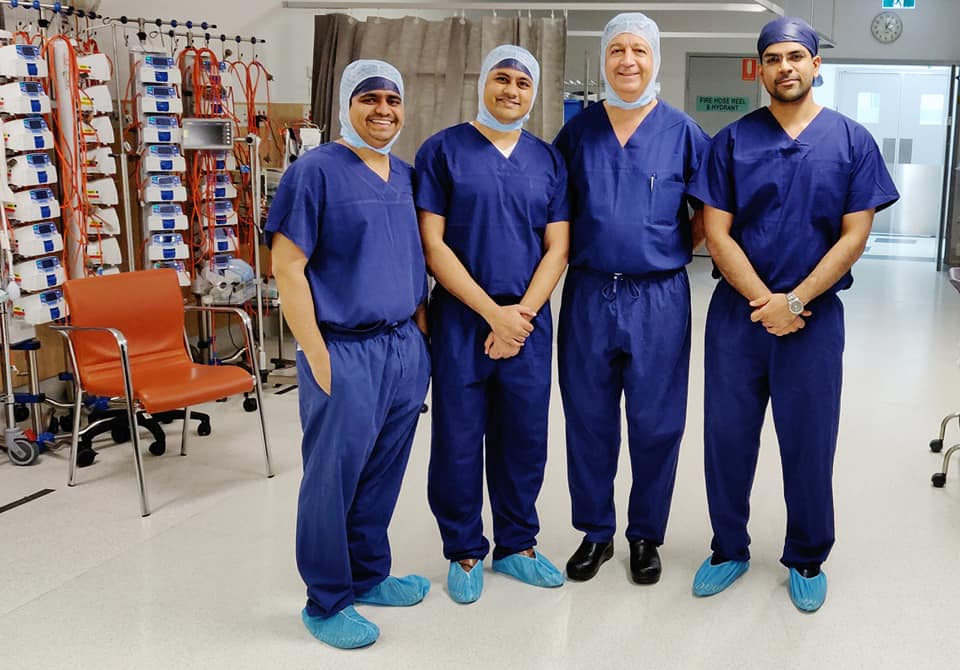
A triple board certified and fellowship trained Orthopaedic Surgeon super specialized in the field of Joint Replacement and Sports Medicine. Dr. Aneja has been extensively trained in Robotic/Navigation Joint Replacement and Arthroscopy Key Hole Surgeries at numerous centers of excellence worldwide (Australia, UK, Malaysia, Indonesia, Hungary, India). He relentlessly works toward realizing the motto: “Life is movement, Movement is Life”
Education and Training Of Dr. Kunal Aneja
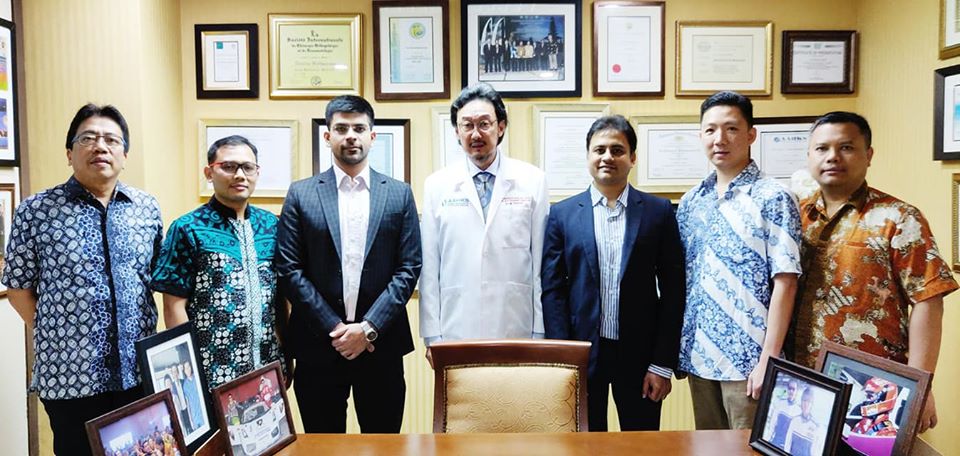
Your orthopedic surgeon is a medical doctor with extensive training in the proper Consultant Orthopedic Surgeon
Joint Replacement, Sports Medicine, Joint Preservation & Complex Trauma Specialist
MBBS, MS, DNB, M.Ch (Edinburgh), Dip. SICOT (Cape Town),
Diploma in Football Medicine (FIFA), MNAMS, MIMSA, FAGE
diagnosis and treatment of injuries and diseases of the musculoskeletal system.
Fellowships in Arthroplasty & Arthroscopy:
- Asia Pacific Arthroplasty Society (APAS) Fellow (Australia, Malaysia, Indonesia, India)
- SICOT meets SICOT Fellow (St. George Teaching Hospital, Hungary)
- ISKSAA Midlands Fellow (University Hospitals Birmingham, NHS Foundation Trust, U.K.)
- Delhi Orthopaedic Assoc. (DOA) Fellow (Ganga Hospital)
When to See A Sport Injury Doctor?
A musculoskeletal injury that has been caused by a sports incident that requires immediate medical attention is considered an emergency.
- If you have multiple fractures or an open fracture (the bone is visible), you have a broken bone.
- A fever, inability to bear weight or move a limb, severe bleeding, or loss of consciousness are examples of severe symptoms.
If you do not know what’s causing your musculoskeletal symptoms, your primary care doctor can help.
The majority of musculoskeletal symptoms and conditions are best treated by a Sports Injury Specialist, either an orthopaedist or surgeon.
- Constant or occasional pain that lasts more than 3 months
- Limited range of motion
- Symptoms that affect your daily function
- Difficulty standing or moving around
- An acute injury that is not responding to simple measures, such as ice or over-the-counter pain medications.
5 Problems When You Should Must See a Sports Medicine Doctor
1. You have an intense sports injury.
A sudden injury occurs while playing a sport or exercising. A sprain or a strain is one of the most common injuries. A broken bone, a dislocated joint, or an Achilles tendon injury are more serious ones. The tendon behind your ankle connects your back calf muscle to your heel bone.
Symptoms of an acute injury may include:
Sudden pain
Swelling
Loss of movement
A bone or joint that looks out of place
2. You have a chronic sports injury.
Over time, these injuries develop. They are often caused by overtraining or long training sessions. Rotator cuff injuries (muscle and tendon injuries in your shoulder) are a common example. There are also swollen tendons (tendinitis) and cracks in bones (stress fractures).
Symptoms of these injuries include:
Pain when playing or exercising
Swelling that gets worse after you stop the activity
A pain or ache that continues when you rest
3. You need orthopedic surgery.
A sports injury that leaves you with a broken bone or a dislocated joint may require you to see an orthopedic surgeon.
Treatment may require surgery to repair:
Torn tendon
Torn ligament (tissue that connects a bone to another bone or holds a joint together)
Rotator cuff injury
4. You’re recovering from a sports injury.
You can return to your usual activities after a sports injury or surgery with the help of a sports medicine doctor. It is important to begin recovery as soon as possible. In this way, stiffness and muscle weakness can be prevented. You could, however, suffer another injury if you return to your sport or exercise too soon. You may receive the following services from a sports medicine doctor:
Medications to reduce swelling and pain
Splints or supports to stabilize the area
Treatments to promote healing, such as massage, heat and cold, electric stimulation, or sound wave stimulation
Range-of-motion exercises to help you fully extend and flex the affected joint
Stretching exercises
Strengthening exercises
5. You want to prevent a sports injury.
Seeing a sports medicine doctor is a good way to prevent sports injuries. Consider it when starting a new sport, exercise, or physical activity. You may receive the following services during the visit:
A physical exam to make sure the sport or activity is safe for you
A conditioning and exercise program to get you fit for the activity
Advice about safe training and equipment
Nutrition and healthy lifestyle advice
A program of warm-up, stretching, and cooldown routines
A Comprehensive Treatments By Best Orthopaedic Surgeon In Rohini( North-Delhi)

Shoulder
- Sports Injuries
- Rotator cuff tears
- SLAP lesions
- Shoulder Joint Arthritis
- Recurrent Dislocations
- Shoulder Instability
- Frozen Shoulder
- Tendinopathies
- Shoulder Impingements
- Bursitis

Elbow
- Sports Injuries
- Ligamentous instability
- Dislocations
- Tendinopathies
- Elbow Arthritis
- Compressive Neuropathies
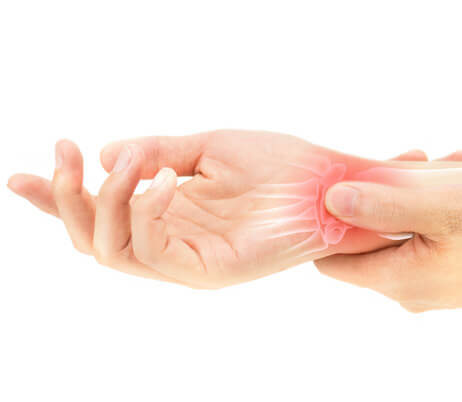
Wrist
- Carpal Tunnel Syndrome
- Wrist Arthritis
- Sports Injuries
- Instability
- Ganglion Cysts
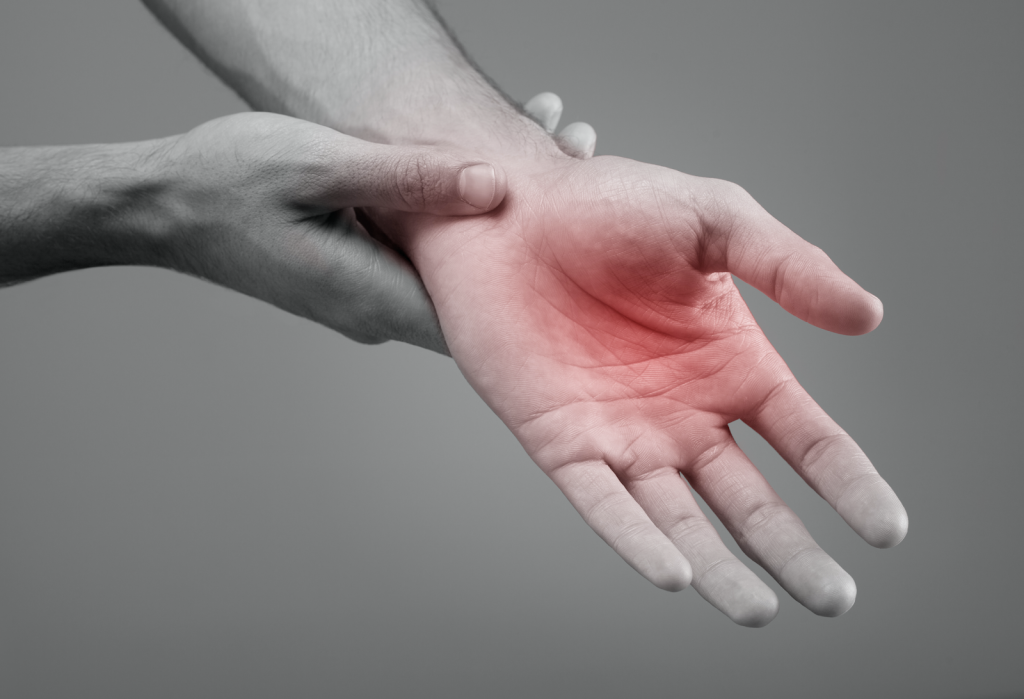
Hand
- Arthritis
- Sports Injuries
- Trigger Finger
- Mallet Finger
- Jersey Finger

Spine
- Prolapsed Intervertebral Disc (PIVD)
- Degenerative Conditions
- Canal Stenosis
- Cervical Spondylosis
- Lumbar Spondylosis
- Sciatica
- Spondylolisthesis
- Infective Discitis
- Pott’s Spine
- Spinal Deformities
- Spine Sports Injuries
- Ankylosing Spondylitis

Hip
- Hip Arthritis
- Avascular Necrosis (AVN)
- Hip Ankylosis
- Labral Tears
- Femoroacetabular Impingement
- Sports Injuries
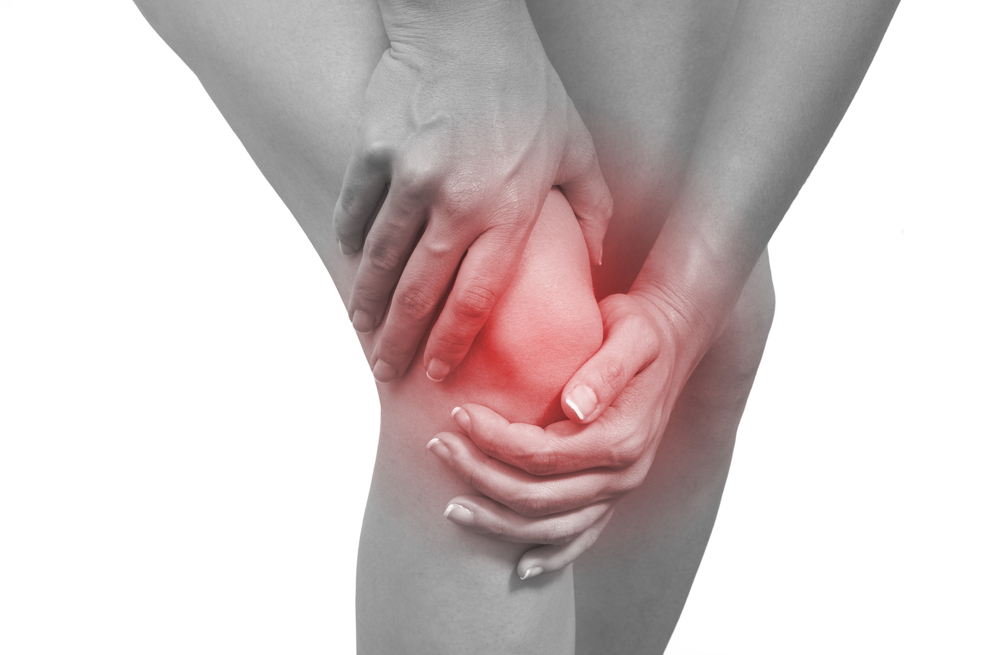
Knee
- Sports Injuries
- ACL (Anterior Cruciate Ligament) injury
- PCL (Posterior Cruciate Ligament) injury
- MCL / LCL injury
- PLC injuries
- Multi Ligamentous injuries
- Meniscus Injuries
- Cartilage lesions
- Bone defects
- Loose bodies
- Other Soft tissue injuries
- Knee Arthritis
- Knee Dislocation
- Patellar Dislocations/ instability

Foot
- Flat Foot
- High Arched Foot
- Foot deformities
- Corns / callosities
- Ingrown Toenails
- Arthritis
- Hallus Valgus
- Hammer toes
- Plantar fascitis
- Spurs
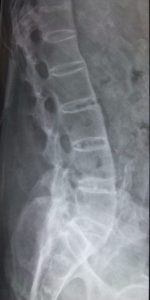
Inflammatory & Auto- Immune Diseases
- Rheumatoid Arthritis
- Ankylosing Spondylitis
- DISH

